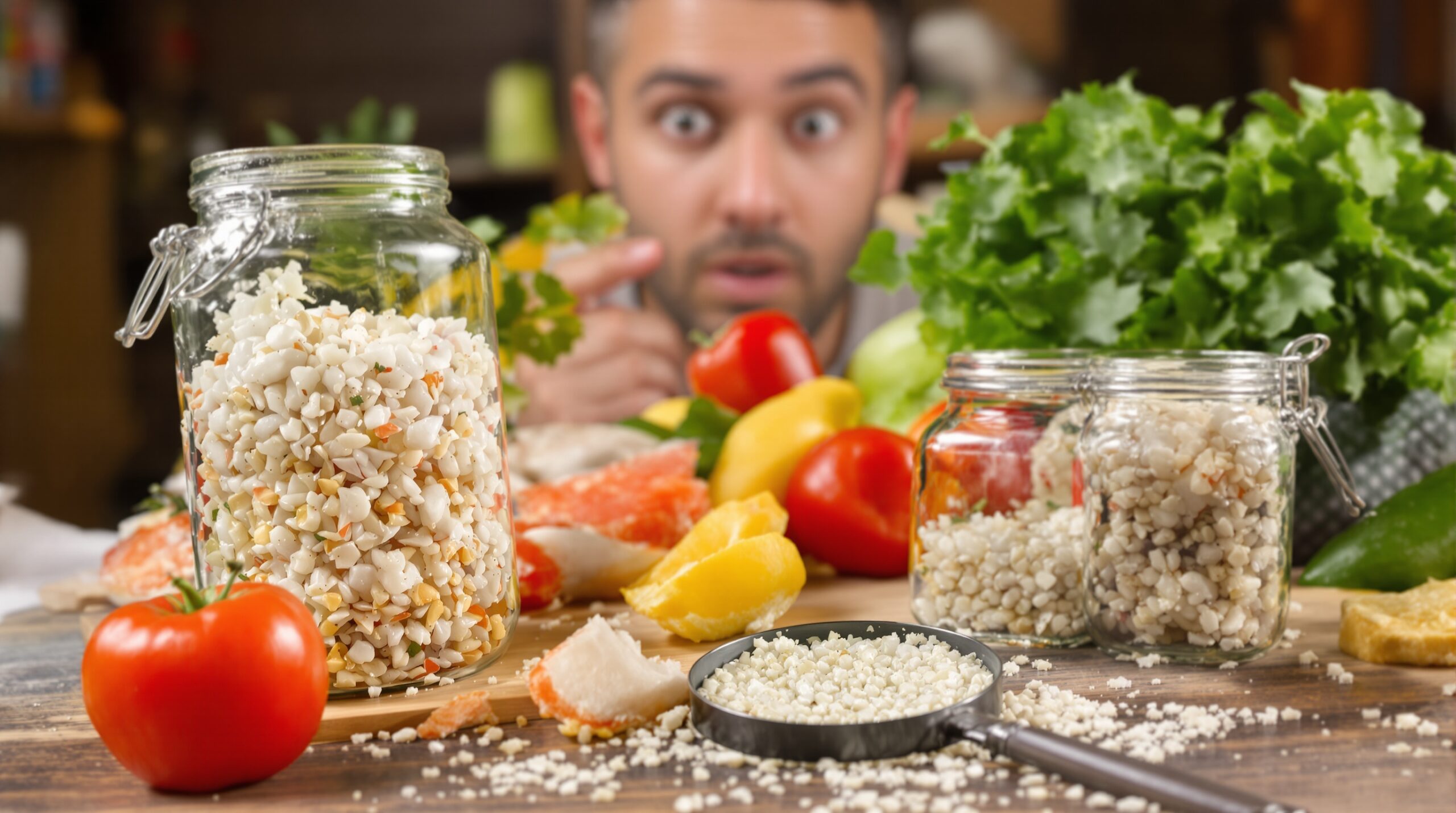Microplastics are everywhere, from ocean depths to mountain peaks. Their pervasive presence raises growing concerns about their infiltration into the food chain and their effects on human health.
What Are Microplastics?
Microplastics are tiny plastic particles less than five millimeters in size. They originate from larger plastic debris and the breakdown of synthetic materials. Everyday sources include bottles, packaging, cosmetics, and synthetic clothing. Their minuscule size allows them to travel easily through water, air, and soil.
Primary microplastics are manufactured for commercial use, like microbeads found in exfoliants. Secondary microplastics result from the weathering and breakdown of larger plastics. Both types are persistent in the environment due to plastics’ resistance to decomposition.
How Microplastics Enter the Environment
Microplastics enter natural environments through numerous pathways. Rainwater, wind, and drainage systems transport them from urban areas to rivers and oceans. Industrial waste, stormwater runoff, and littering significantly contribute to their spread.
In wastewater treatment plants, filtration systems cannot capture all microplastics. As a result, treated water returning to rivers and seas often contains these particles. Atmospheric transport also spreads microplastics across great distances, depositing them onto land and into aquatic ecosystems.
Pathways into the Food Chain
Microplastics infiltrate the food chain primarily through aquatic ecosystems. Tiny organisms, like plankton, ingest microplastic particles believing them to be food. These particles can accumulate in their bodies, passing toxins up the food web.
As small fish consume contaminated plankton, the microplastics become more concentrated. Predatory fish, birds, and mammals that eat these fish may accumulate higher levels of microplastics in their bodies. Larger marine animals, including commercially important fish and shellfish, often have measurable amounts of microplastics inside them.
Agriculture can also be a significant source. Fertilizers and sewage sludge used on crops often contain microplastics. This practice introduces the particles directly into the soil, where plants may absorb them through their roots.
Microplastics may contaminate foods through packaging, processing, and handling. Particles can be shed from plastic packaging and utensils, further increasing exposure levels for human consumers.
Microplastics in Foods We Eat
Studies have found microplastics in seafood, including oysters, mussels, and fish, which people frequently consume. Salt, honey, sugar, and bottled water have also tested positive for microplastic contamination. Even fruits and vegetables can contain microplastic particles absorbed from soils or irrigation water.
Drinking water represents another major exposure route. Researchers have detected microplastics in both tap and bottled water globally. The food industry’s heavy reliance on plastic packaging further increases the risk of contamination at every stage, from production to consumption.
The accumulation of microplastics in human diets now seems unavoidable. Researchers estimate people may ingest tens of thousands of particles annually through food and water alone. Awareness of these pathways highlights the urgent need to understand potential health impacts.
How Microplastics Affect Human Health
Microplastics do not simply pass through the digestive system without consequences. Some studies suggest microplastics can enter tissues and organs by crossing the gut wall. The smallest particles, called nanoplastics, may penetrate cell membranes and reach deeper tissues.
The physical presence of microplastics can irritate or damage gut linings. Inflammation, changes in gut bacteria, and impaired nutrient absorption have been observed in some laboratory studies. Research on animal models demonstrates that microplastic exposure may compromise the immune system and disrupt organ function.
Chemical Carriers and Toxicity
Plastics are complex materials containing many chemical additives, such as flame retardants, plasticizers, and dyes. These substances may leach from microplastics after they enter the body. Many plastic chemicals, including bisphenol A (BPA) and phthalates, have known endocrine-disrupting properties linked to various health disorders.
Microplastics also absorb environmental pollutants like pesticides and heavy metals. When consumed, they may release these toxic compounds into human tissues. Together, chemical additives and absorbed pollutants could exacerbate microplastics’ adverse effects on health.
Potential Health Risks
Scientific research into the human health impacts of microplastics is still developing, but evidence is mounting. Chronic ingestion could impair gastrointestinal health, alter microbial communities, and affect metabolic and immune functions. Animal studies suggest links to oxidative stress, reproductive harm, and developmental problems.
Chemicals released from microplastics could further increase risks of hormone disruption, cancers, and neurological disorders. Vulnerable populations, including children and pregnant women, may face greater health risks due to development immune and organ systems. Continued exposure to contaminated foods and water makes understanding these risks especially important.
What Can Be Done?
Solutions require action at global, governmental, and individual levels. Policies focused on plastic reduction, recycling, and waste management can curb microplastic pollution at the source. Businesses and manufacturers should shift toward sustainable packaging and materials, reducing reliance on single-use plastics.
Consumers can reduce exposure by minimizing plastic use, opting for alternatives, and supporting products with minimal packaging. Filtering tap water, choosing fresh over packaged foods, and reducing personal care products with microbeads can make a difference. Awareness leads to behavioral shifts, strengthening demand for safer products and practices.
Conclusion: A Call to Action
The pervasive spread of microplastics highlights urgent scientific, regulatory, and public health challenges. Their infiltration of the food chain introduces new risks for human health. Continued research will help reveal ways to protect ecosystems and safeguard our diets from microplastic pollution.
By addressing plastic waste, supporting sustainable innovations, and making informed choices, everyone can play a part in tackling the microplastics threat. Safeguarding human health and environmental integrity now depends on a collective response to an invisible, but urgent, global challenge.

